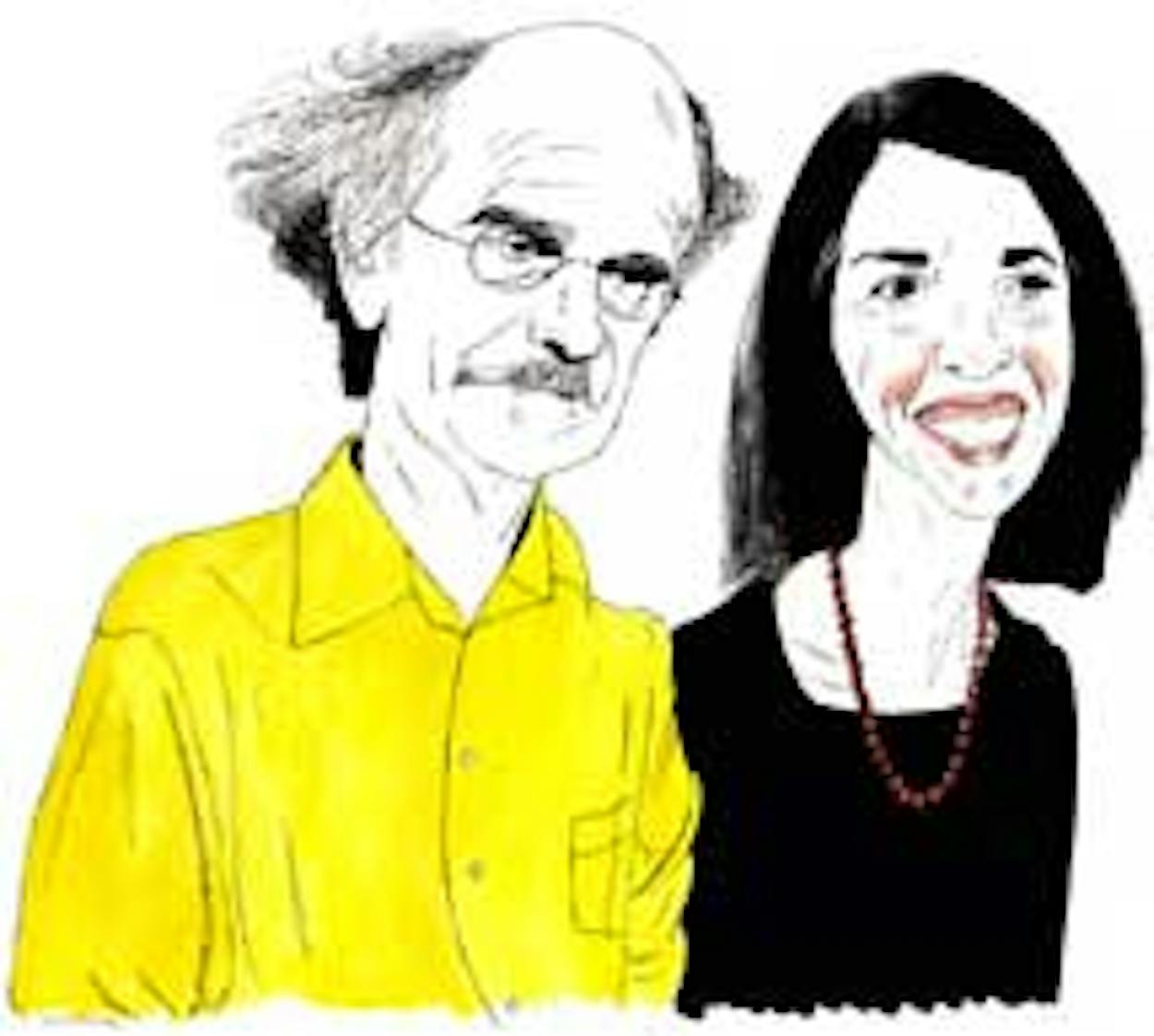Long before concepts like “green building” and “sustainability” were fashionable, this husband-and-wife team envisioned a future in which architectural design and renewable resources worked together. The nonprofit Center for Maximum Potential Building Systems, which they co-direct, has collaborated on projects as wide-ranging as the eco-friendly renovation of the Pentagon to the development of a model village in the Szechuan Province of China where farmers learn sustainable farming practices. Fisk, who co-founded CMPBS in 1975 and currently teaches landscape architecture at Texas A&M, helped create AshCrete, an innovative building material made from the fly ash generated by coal-fired power plants and the bottom ash from aluminum smelters. Vittori, who has pioneered green building in the health-care sector, recently served on the design team for one of the nation’s most environmentally friendly hospitals, the Dell Children’s Medical Center of Central Texas.
Pliny, you once said, “Disassembly and reassembly must be the wave of the future.”
Fisk: Every time a house changes hands, what happens? It gets renovated. Everyone wants a new kitchen. And whenever change happens in architecture, there is tremendous waste. Thirty to 40 percent of our landfills are made up of building materials from construction and renovation projects. What we have done is design a kitchen that you can unplug and move around, so there’s no need to renovate. You can rearrange its components so that it adapts to your needs.
Vittori: It works on a practical level. Why in the world would you want to air-condition a room that is full of appliances, which are throwing off a lot of heat? This creates the opportunity to move the kitchen outside.
How does a mobile kitchen work exactly?
Fisk: It’s almost like a choo-choo train. It’s all on wheels, and it has a connection that links one module to the next. The stove can be here or it can be there. The refrigerator can be here or it can be there. When you need that space to do something else, you can quickly transform it into something different. You can have dinner, and then you can have a party room.
A lot of the infrastructure at CMPBS’s headquarters is exposed for visitors to see. Why did you all put the wastewater treatment tanks at the entrance, instead of somewhere more discreet?
Vittori: This project was an opportunity to explore several big ideas. One of them was this notion of visibility—connecting people who use this space to the guts of the building, to what makes it work. Rather than looking at utilities and infrastructure as blights, how do you make them an integrated part of the whole? Pliny’s design is compelling enough that you want to know more. You want to understand what makes the building tick. That creates an opportunity for engagement.
What is it that you want to engage people in?
Fisk: We want to engage you so you understand what your patterns of consumption—of water, of energy, of food—really mean in the bigger picture of things. Where are these resources coming from, where are they going, and how are you a part of that? Otherwise you’re just clicking switches on and off. We’re developing a program that would allow you to measure your consumption and put it in a larger context. If you’re a participant, you will be able to know the answers to questions like “How much water did I use compared to my community this week?”
Why is all of this important when we talk about the future?
Vittori: Sustainability is a way of expressing a relationship between the present and the future, of understanding that our decisions have consequences. If I could distill it into one basic concept, it would be ensuring that a future is possible. If we don’t think about decisions we’re making today, we’ll have a very short timeline.







